July 9, 2015
Wind tunnels and Beyoncé’s backside added to tall buildings charge sheet
 As if there aren’t enough reasons to dislike tall buildings already, two news stories drop into our inbox this week which add to the growing charge sheet against these phallic assaults on our senses and sensibilities. According to the first story, it appears that the recent proliferation of towers in London not only means that the city looks more and more like Chicago, it is functioning more like it too. There are a growing number of complaints from the public about the winds that whip around the bases of the capital’s protrusions which were ‘unforeseen by planners’, according to a report in Building magazine. Meanwhile, developers in Melbourne have made the civilisation-ending announcement that the design of a new mixed use skyscraper in the city is based on a Beyoncé music video and make particular reference to the shape of the artist’s backside.
As if there aren’t enough reasons to dislike tall buildings already, two news stories drop into our inbox this week which add to the growing charge sheet against these phallic assaults on our senses and sensibilities. According to the first story, it appears that the recent proliferation of towers in London not only means that the city looks more and more like Chicago, it is functioning more like it too. There are a growing number of complaints from the public about the winds that whip around the bases of the capital’s protrusions which were ‘unforeseen by planners’, according to a report in Building magazine. Meanwhile, developers in Melbourne have made the civilisation-ending announcement that the design of a new mixed use skyscraper in the city is based on a Beyoncé music video and make particular reference to the shape of the artist’s backside.







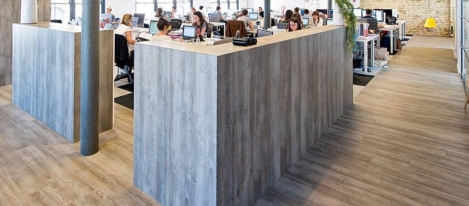
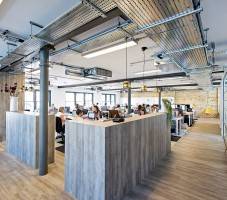
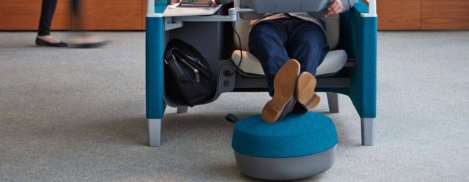
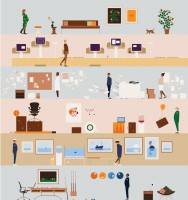




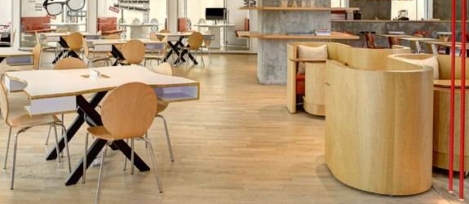
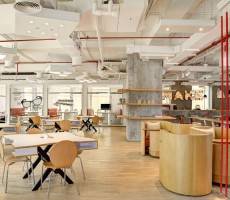
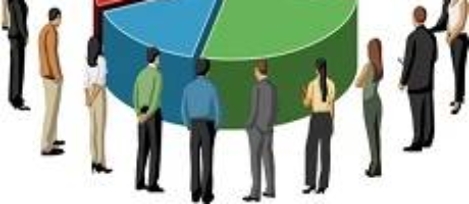
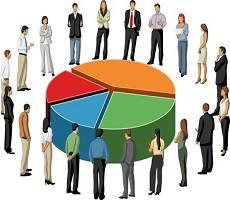
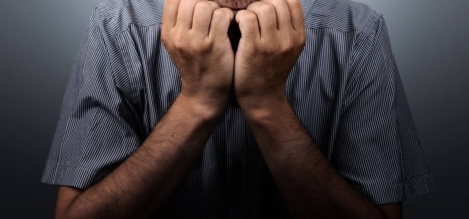

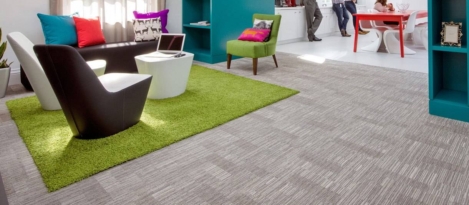
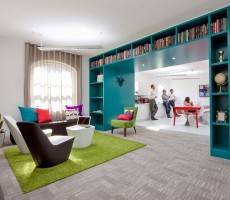
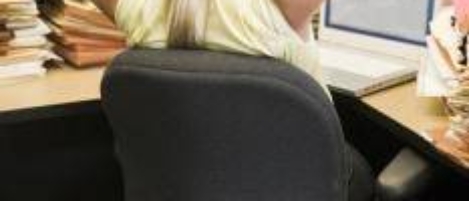
















July 9, 2015
Many employers discourage home working, unless it is out of hours
by Sara Bean • Comment, Flexible working, News, Wellbeing, Workplace
More →